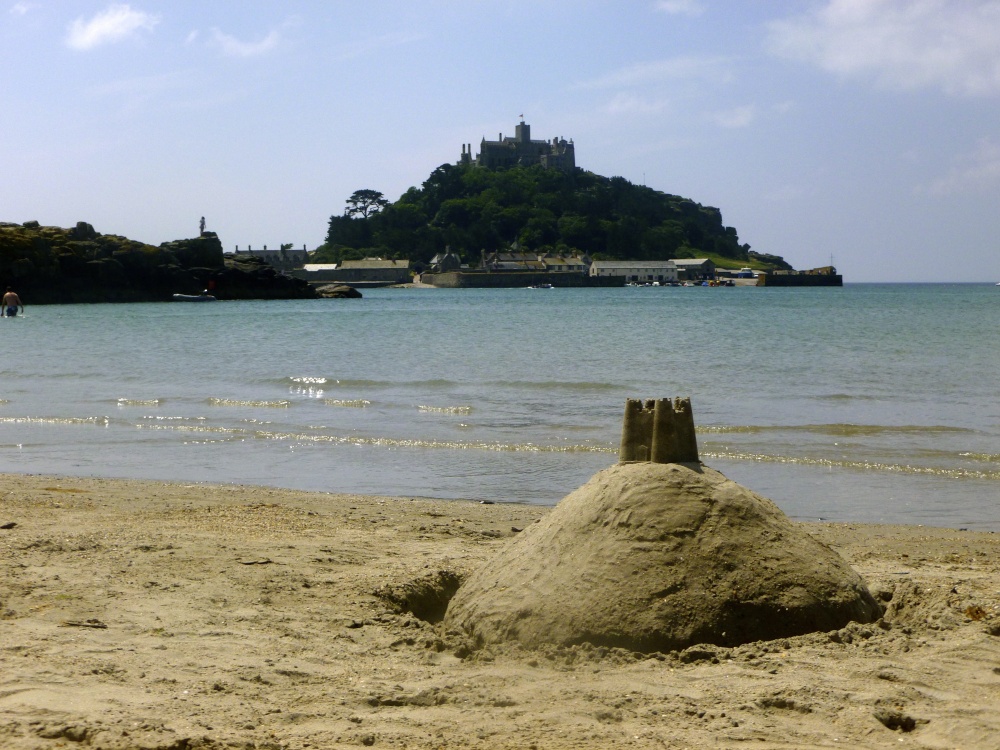
St Michaels Mount, Marazion, Cornwall - Image by PicturesOfEngland.com member Kip Bennett (view gallery)
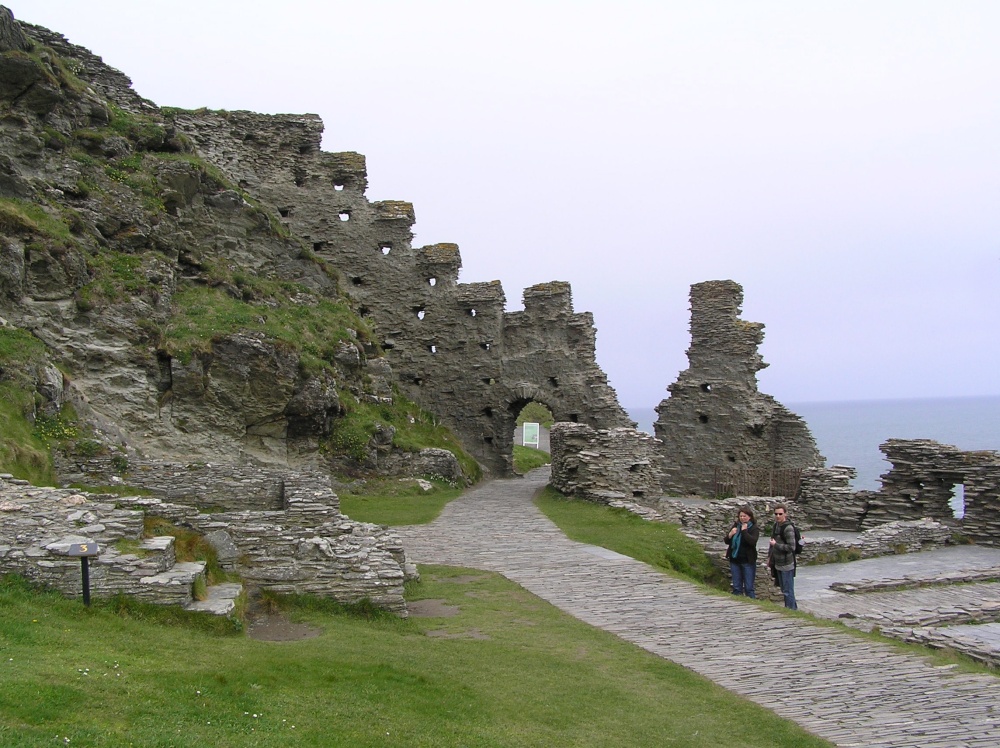
The famous castle ruin on the island of Tintagel. - Image by PicturesOfEngland.com member Hilary Hoad (view gallery)
The local tourist industry in Tintagel leans heavily upon tales surrounding King Arthur and the Knights of the Round Table, but there is no real evidence for this in relation to Tintagel Castle. However, the ruins of Tintagel Castle are full of romance and atmosphere, which is possibly due to the writings of the 12th-century monk, Geoffrey of Monmouth who in a flight of fancy when monastic remains were discovered gleaned the idea of an earlier castle on the same site. His idea captured the imagination of everyone, and it prevails to this day.
The Norman castle was built in the 12th-century by Reginald, Earl of Cornwall, and the Celtic monastery probably dates from before the 9th-century. Perched high on a wave lashed promontory, the chosen site could not be more spectacular, no wonder it has fired imaginations for centuries.
Little more remains other than the foundations of a great hall and curtain walls. None-the-less, in its spectacular setting, the castle which was also home to the Black prince in the 14th-century, is well worth the effort it takes to reach it. The ruins have an unsurpassed romantic atmosphere, and the views from this lofty perch are quite beyond compare
ID#45
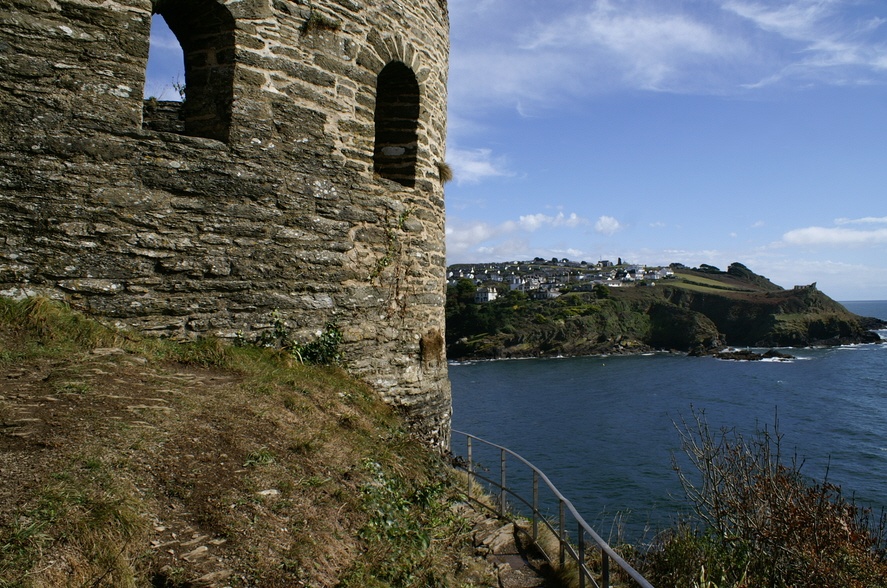
Polruan from St Catherine's Castle. - Image by PicturesOfEngland.com member Peter Evans (view gallery)
ID#10254
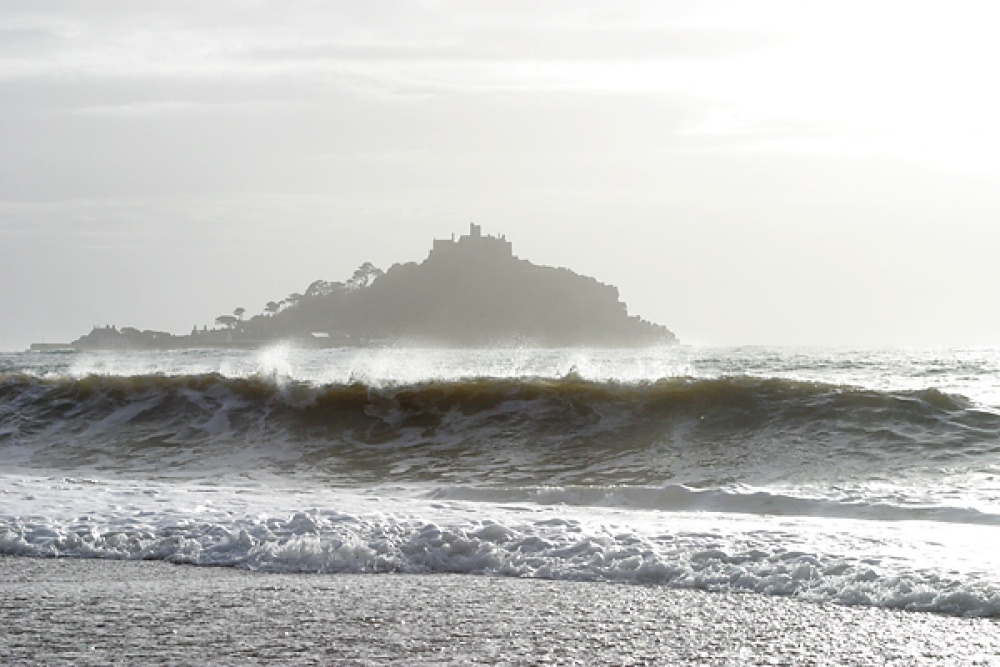
St Michaels Mount, Cornwall, on a windy December day. - Image by PicturesOfEngland.com member Morfe (view gallery)
The priory on St.Michael's mount is dedicated to the Archangel who is believed to have appeared to local fishermen in AD 495. The mount is a spectacular focal point from the beaches of Mount's Bay and can be reached on foot via a causeway from Marazion, or when the tide cuts the passage off, a ferry plies visitors back and forth to the island.
A Benedictine monastery was established here in the 12th-century this was a sister monastery of Mont St. Michael in Brittany, France. Following the dissolution of the monasteries, the priory was left empty. After the restoration it became the home of the St.Aubyn family, who remained in occupation from 1679 until they gifted the island to the National Trust in 1954.
To this day there are those who, on visiting the island feel the pull of its religious connections, and thus it is still regarded by many people as a place of pilgrimage. This is not surprising as one of the rooms on show in the castle was formerly the monk's refectory, it is decorated with a 17th-century frieze round the walls, handsome furniture and portraits. In the Blue Drawing Room you can see fine Chippendale furniture and superb Gothic plasterwork. As the name suggests, in the Map room there are displays of original maps, silver, tapestries and cloths. The many magnificent paintings include works by Gainsborough, Hudson and Kneller.
Interestingly, another legend exists connecting the Mount to St Keyne, who is said to have blessed a stone seat here with the power to grant dominance in marriage to which-ever partner managed to sit on the seat first!
From the island you can enjoy breathtaking views of the seemingly endless white tipped waves of the silvery sea, and glorious views of the sands and cliffs of the mainland.
ID#97
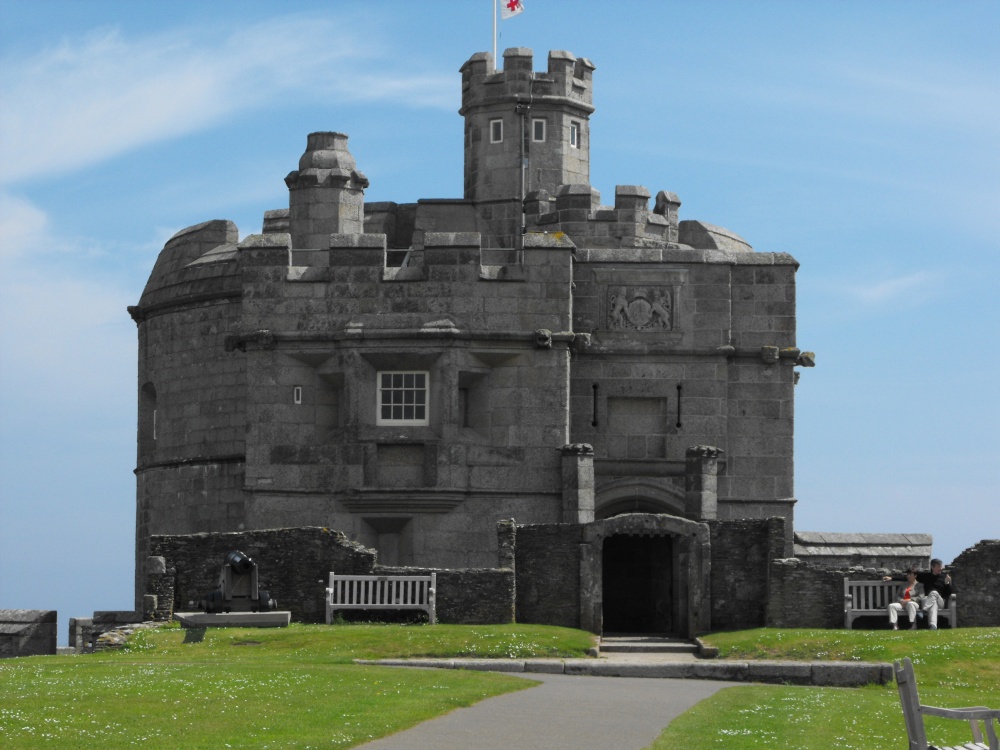
Pendennis Castle - Image by PicturesOfEngland.com member Jennifer Briggs (view gallery)
Built at the side of a naturally deep harbour Pendennis Castle forms one of Henry VIII's coastal defences, built to guard against French attack. It occupies an outstandingly beautiful position on a headland with views across the water to St. Mawes.
The castle is built to a circular plan with two rings of walls to guard the harbour. In the 16th century, on the orders of Elizabeth I, the castle was extended with star-pointed bastions and earthworks. It was further strengthened at the outbreak of the English Civil War. During this period the fortunes of the castle fluctuated, it was besieged by Parliamentary forces for a period of six months and King Charles II is known to have stayed at the castle before leaving for the Scilly Isles. Ultimately, the castle later fell to the Parliamentarians.
For centuries the castle fell silent, it was not used as a defensive structure again until the outbreak of World War II. The secret defences erected in readiness for impending conflict can be visited, including underground tunnels and magazines. Visitors can also explore the restored Guardhouse, which has been repaired back to its former WWI condition.
A lively Discovery Centre is open at the castle, this tells the rich history of Pendennis Castle and has exhibits of arms, armour and Tudor battles. There are hands on activities and interactive displays. At certain times of the year Medieval festivals are held, and during July and August one of the castle guns is fired, its thunderous sound echoing all over the town.
Visitors to the castle get the thrill of a wonderful Medieval fortress, whilst being able to enjoy unrivalled views over the famous Carrick Roads to St. Mawes and the picturesque Percuil River.
To make your visit more enjoyable, why not catch the "Land Train" which regularly leaves Falmouth centre for the castle carpark.
ID#10324
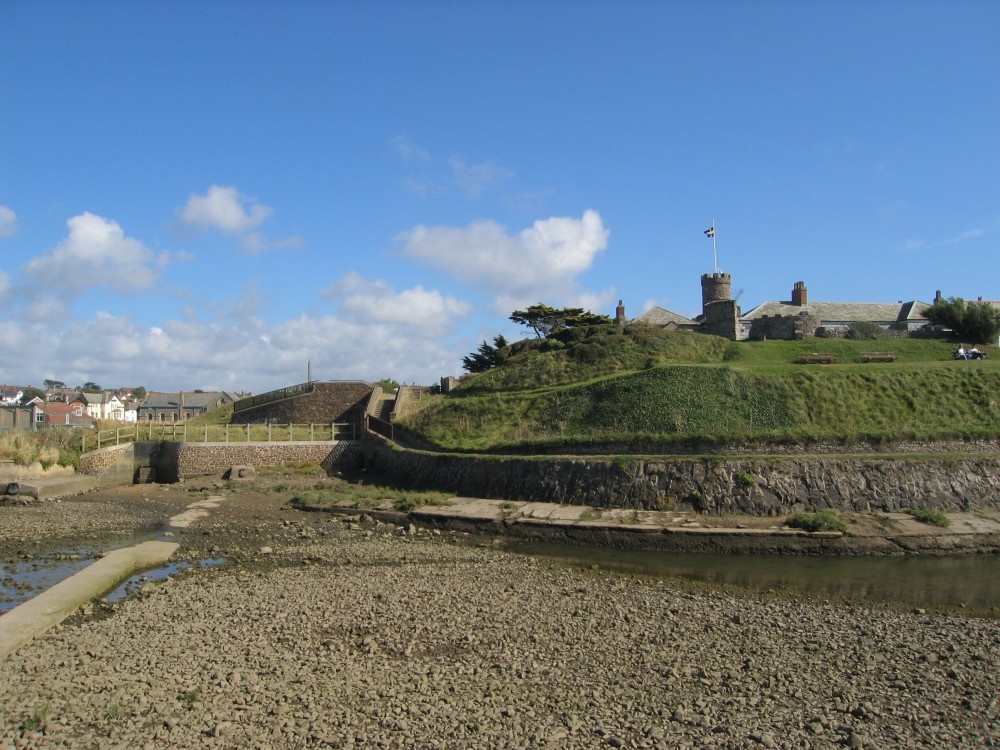
A picture of Bude - Image by PicturesOfEngland.com member poe (view gallery)
Backed in parts by grassy downs, the wide sandy sweep of Bude Bay with creamy waves flowing in endless procession from the Atlantic make this a perfect summer place for surfers. Set on the spectacular Cornish Heritage Coast with numerous coves and sandy beaches, the area offers one of the finest surfing destinations in England. Widemouth Sand, beneath Pehalt Cliff is a much used spot and for those who do not have their own, just as on most of Bude Bay, there are surfboards for hire.
Here, the splendour of the coast meets the countryside, enfolding many picturesque places .Duckpool, lying to the north of Bude has a pretty stream flowing in from the lush greenery of the beautiful Coombe Valley. Interestingly, the stream is crossed by an ancient bridge with a stone telling us that King William IV made a contribution of £20 towards its construction. At Steeple Point, a sandy, shingle backed beach is guarded by towering cliffs. The woodlands of Coombe Valley offer sanctuary to birds and small mammals, nature trails take you through a wonderland of magnificent trees, shrubs and plant-life. Coombe is a delightful little hamlet where you can see a disused watermill from the 19th-century.
Visitors flock to Bude in droves for this is an area which offers so much variety that you will be quite spoilt for choice. Sandy Mouth has a rock scattered beach were a receding tide leaves interesting rock pools, it also has huge jagged pinnicles rising majestically like the ruins of some ancient castle. Away from the coast, the area has its share of history - the historic village of Stratton just a short distance from Bude, was a scene of battle in the turbulent days of the Civil War. Every May, the battle is re-enacted by members of the Sealed Knot. Whatever you choose to do, in Bude there is something of interest for every member of the family - there are friendly inns, restaurants, beach-side cafe's and visitor attractions to suit all tastes.
Places to visit include: the museum at Hartland Quay, the Nature Reserve at Mead, historic Stratton, enjoy a walk along the South West Coastal Path, or take a sea fishing trip.
ID#32080
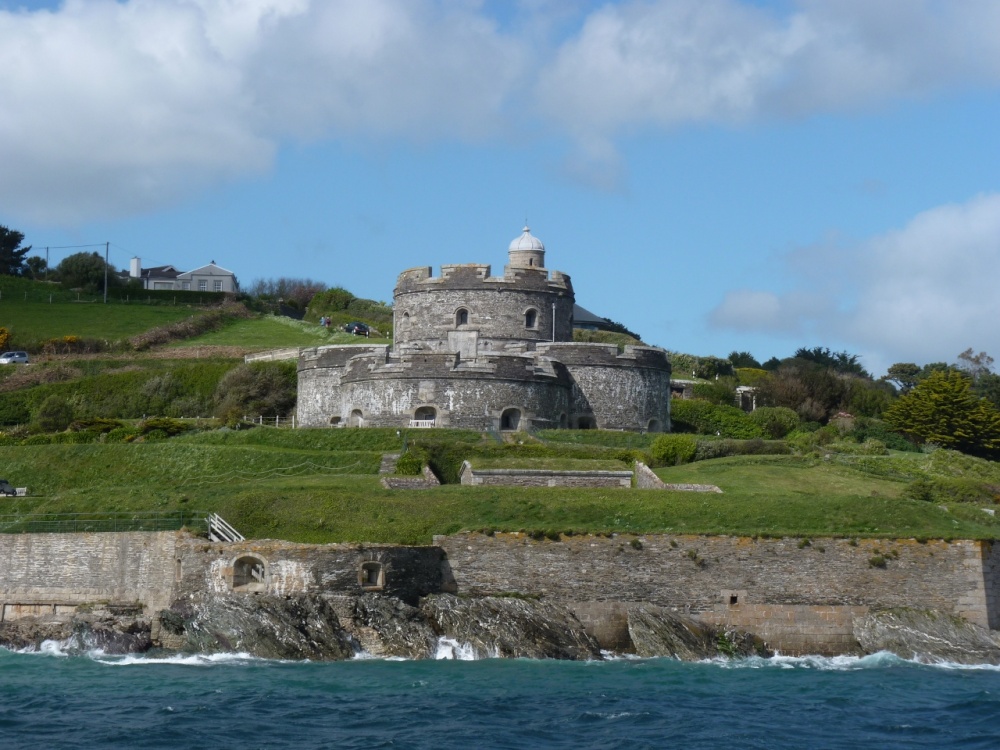
St Mawes Castle - the sea view. - Image by PicturesOfEngland.com member Vince Hawthorn (view gallery)
Built by Henry VIII between 1540-45 due to the threat of invasion from Catholic France and Spain. Built as one of a pair, their cannons between them covered the entrance to the Fal estuary which winds its way up to Truro. The other Castle in the pair is Pendennis Castle on the opposite side of the estuary mouth in Falmouth. St Mawes Castle continued having a useful purpose of a gun placement until as recent as the Second World War.
ID#10323
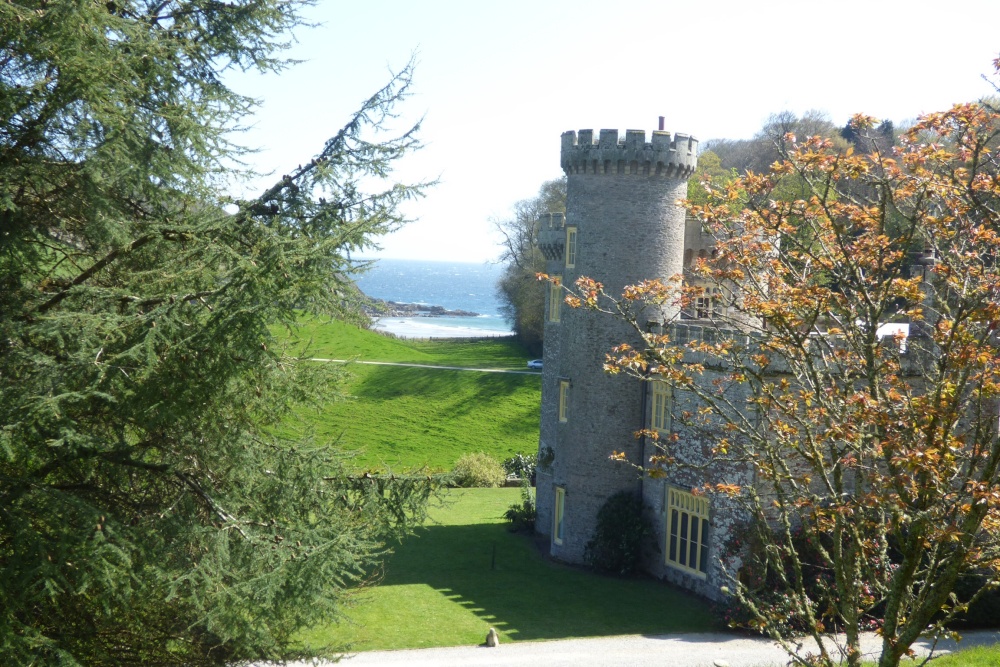
Caerhayes Castle, Gorran, St Austell - Image by PicturesOfEngland.com member Dawn Walters (view gallery)
ID#10918
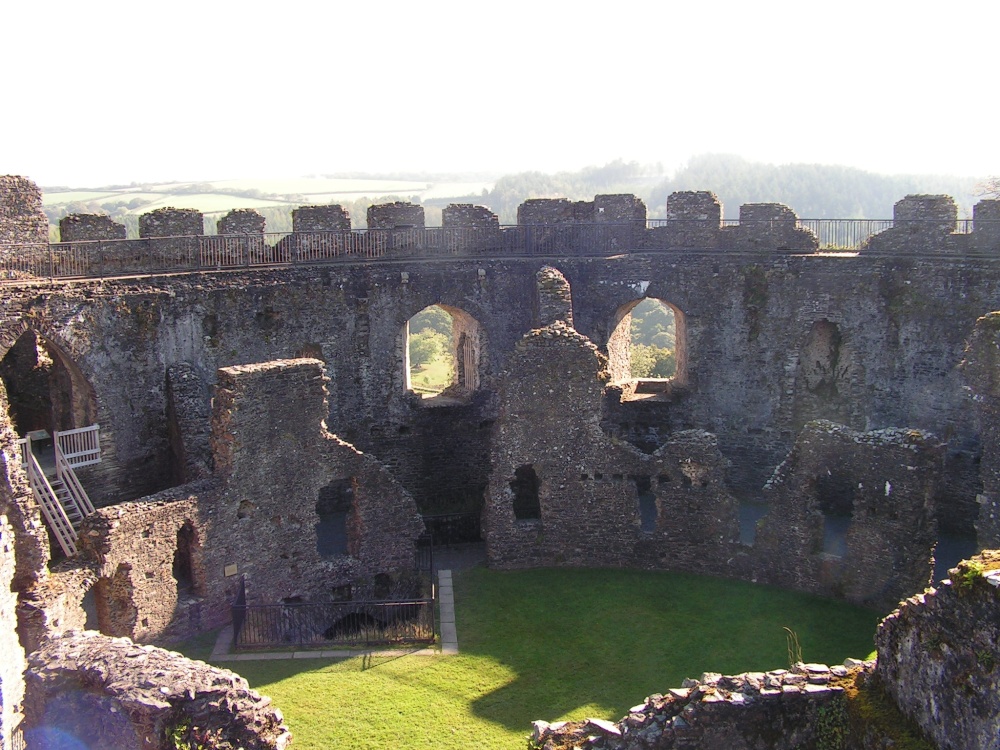
Restormel Castle - Image by PicturesOfEngland.com member Kevin Oldham (view gallery)
Built around 1300, once home to Edward, the Black Prince, the great circular shell-keep survives in good condition and is the best example of a shell keep in the country. The castle saw action during the civil war when the Parliamentarians garrisoned the Keep. It was later captured in 1644
ID#10184
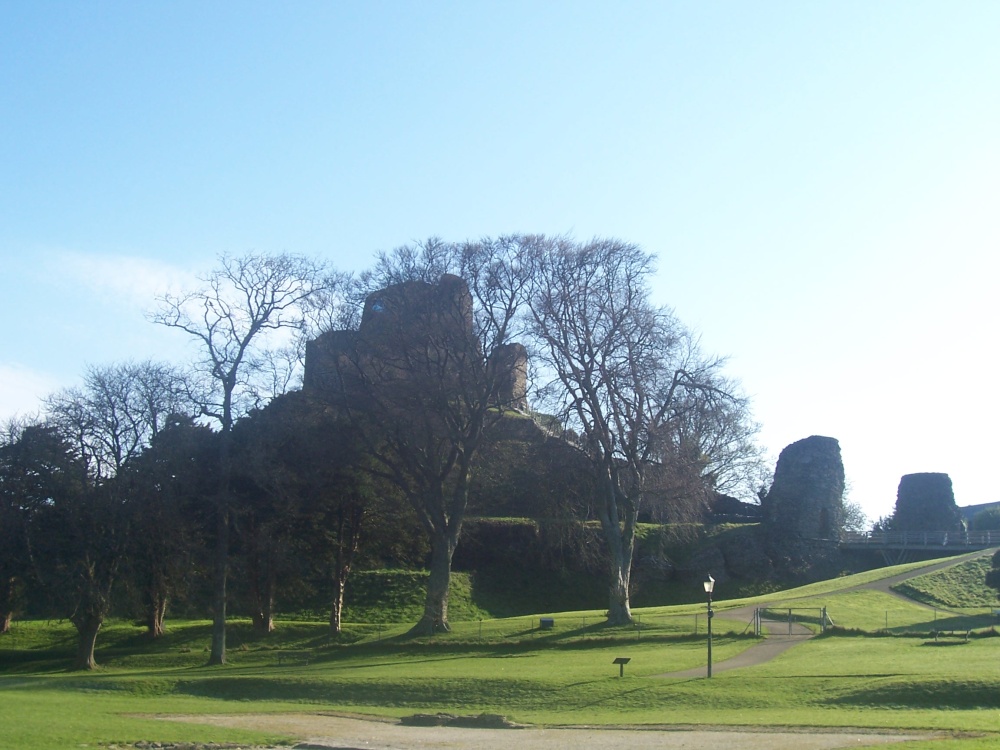
Launceston Castle, Cornwall - Image by PicturesOfEngland.com member Paul Barker (view gallery)
ID#9980
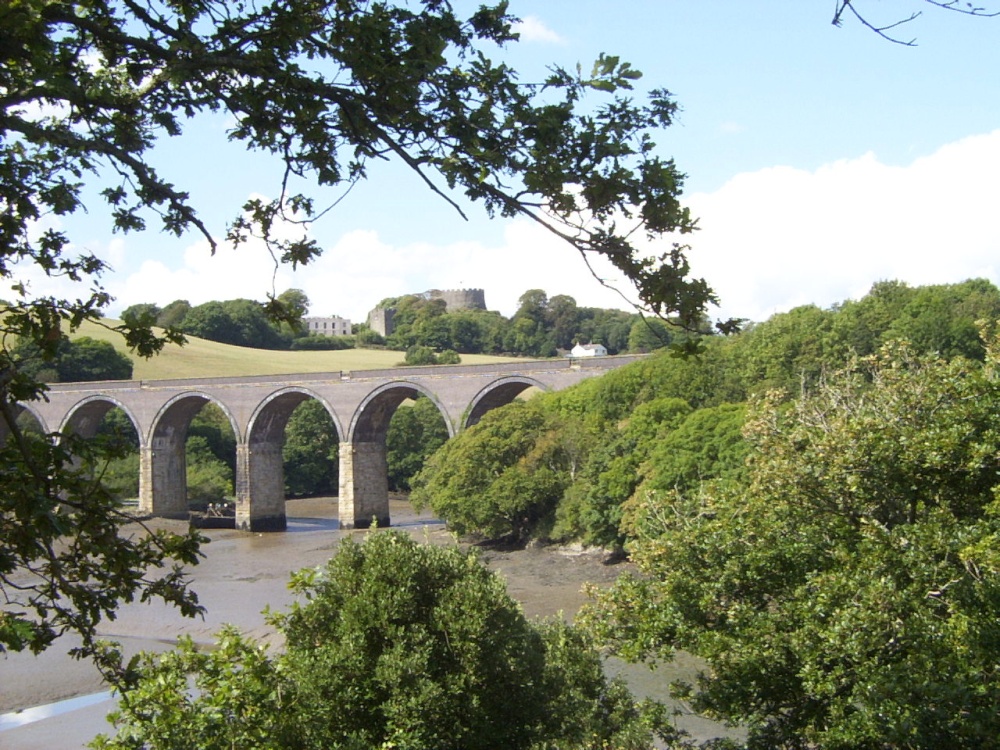
forder, Saltash - Image by PicturesOfEngland.com member Phil (view gallery)
Famous for its two great bridges than span the River Tamar, this little town, known as 'the gateway to Cornwall' is both pretty and interesting and it is well worth breaking your journey to look around and enjoy the spectacular views of the river and bridges.
The narrow streets of Saltash are crammed with attractive old buildings. One building is the home of the wife of Sir Francis Drake.
Drake married a Saltash girl, Mary Newman, her cottage has been preserved and is open to the public. It is said that Sir Francis, used the local harbour to unload cargo from Spanish treasure ships.
It is to the river that Saltash owes its status as a town. History tells us that there has been a river crossing of the Tamar in existence since Roman times and that long before the great port of Plymouth developed, Saltash had both a port and a safe harbour.
There does not appear to be a great deal known of the early history of the town but there is little doubt that the building of the railways brought prosperity to both the town and its people. The Royal Albert Bridge which carries the railway was designed by Brunel. It was completed and commissioned for service in 1859 by H.R.H. Prince Albert. More latterly, in the year 1961 another more slender suspension bridge was built. This new bridge replaced the Saltash Ferry servce and opened up the road across to Plymouth and the rest of the country. There is a plaque in Old Ferry Road reminding the visitor that the bridge replaced a ferry service that had been in operation since the 13th-century.
Now-a-days there is a lively air and a bustle about the town, there are pleasant riverside walks with picnic areas, interesting shops and a good selection of inns and restaurants, all of which offer delicious fresh locally caught fish and good wine
ID#343
| Article Title | Author | Date |
| The Prettiest Streets in England | poe | 24th November 2020 |
| 10 of the best villages to visit in the Peak District, England | poe | 28th July 2020 |
| A look at some of the most famous views in England... | poe | 16th May 2020 |
| THE TRIAL OF THE PYX | Paul V. A. Johnson | 19th August 2019 |
| The Best Sandy Beaches in Dorset | poe | 7th June 2016 |
| 20 Of The Best Market Towns In England | poe | 1st June 2016 |
| A Human Heart and a Ghost Story in a Northamptonshire Church | Charles Moorhen | 30th October 2009 |
| Exploring the English Village Churchyard | Charles Moorhen | 29th October 2009 |
| Local Legends - The Basingstoke Burial | poe | 28th February 2008 |
| The Hidden Churches of Somerset | Louise Simmons | 6th February 2008 |